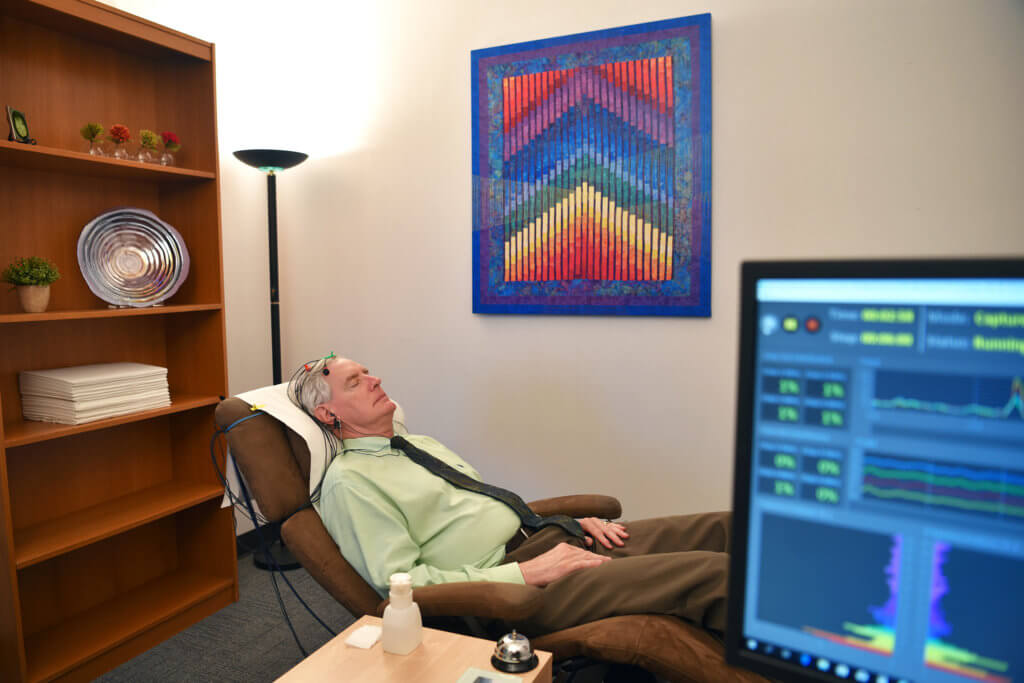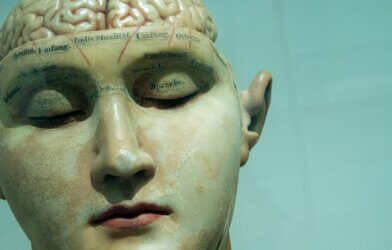Title: “Revolutionizing Autism Diagnosis: AI Breakthrough Identifies Signs in Toddlers with 98.5% Accuracy”
Chicago – A groundbreaking artificial intelligence (AI) system, showcased at the annual meeting of the Radiological Society of North America (RSNA), has demonstrated an impressive 98.5% accuracy in diagnosing autism in children aged 24 to 48 months. Developed by a multi-disciplinary team, the three-stage AI system analyzes diffusion tensor MRI (DT-MRI) scans of the brain.
Mohamed Khudri, B.Sc., a visiting research scholar at the University of Louisville, explains the system’s unique approach: “Our algorithm is trained to identify areas of deviation to diagnose whether someone is autistic or neurotypical.”
The system involves isolating brain tissue images from DT-MRI scans and extracting imaging markers indicating the connectivity between brain regions. Gregory N. Barnes, M.D., Ph.D., co-author and professor of neurology, highlights the significance: “Autism is primarily a disease of improper connections within the brain. DT-MRI captures these abnormal connections that lead to symptoms such as impaired social communication and repetitive behaviors.”
The team applied their methodology to DT-MRI scans of 226 children, including 126 with autism and 100 normally developing children. The AI system demonstrated 97% sensitivity, 98% specificity, and an overall accuracy of 98.5% in identifying children with autism.
Mohamed Khudri emphasizes the potential impact of their work: “Our approach is a novel advancement that enables the early detection of autism in infants under two years of age. We believe that therapeutic intervention before the age of three can lead to better outcomes, including the potential for individuals with autism to achieve greater independence and higher IQs.”
The researchers highlight challenges in early autism diagnosis, with less than half of children receiving a developmental evaluation by three years of age, according to the CDC’s 2023 Community Report on Autism.
Dr. Barnes underlines the importance of early intervention: “The idea behind early intervention is to take advantage of brain plasticity, or the ability of the brain to normalize function with therapy.”
Khudri believes their AI system could streamline autism management, reducing time and costs associated with assessment and treatment. Dr. Barnes envisions a future where DT-MRI scans are followed by an abbreviated session with a psychologist, reducing their workload by up to 30%.
The AI system provides a detailed report on affected neural pathways, the anticipated impact on brain functionality, and a severity grade for guiding early therapeutic intervention. The team is actively working towards commercializing and obtaining FDA clearance for their AI software.











-392x250.jpg)

